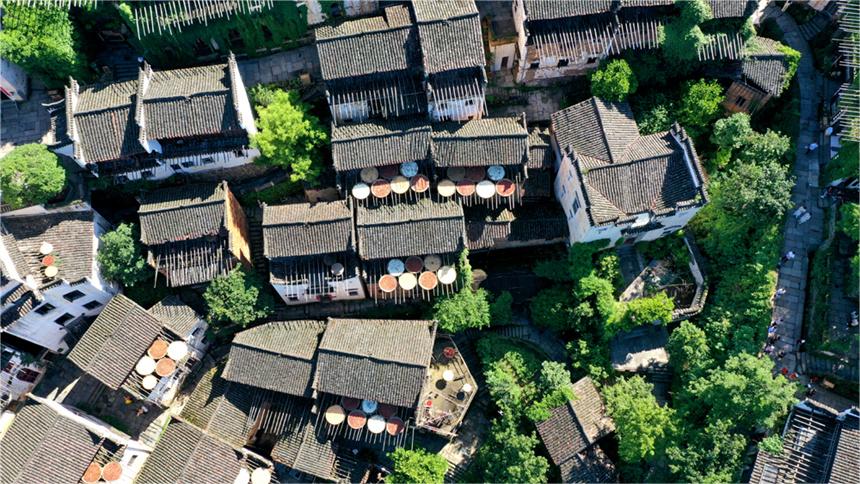Explainer: Key takeaways from world's largest afforestation project
BEIJING, June 5 (Xinhua) -- As the World Environment Day is marked across the planet on Wednesday, China's progress in advancing the Three-North Shelterbelt Forest Program (TSFP) serves as a shining example of the country's commitment to combating desertification.
The following are some key facts and figures about the TSFP, which is the largest afforestation project on the globe, as well as China's efforts to conserve and restore the ecology under the program.
China is one of the countries with the severest desertification, and desertified areas are mainly located in northwest, north and northeast China, dubbed the "three-north."
Desertification, sandstorms and ecological disasters caused by soil erosion have impeded the economic and social development in the "three-north" and even pose challenges to the survival and development of the Chinese nation.
Launched in 1978 and scheduled to be completed by 2050, the TSFP aims to rehabilitate and green desert-prone lands and desertified areas in the "three-north."
In June 2023, China proposed to turn the TSFP into a fully functional and unbreakable "green Great Wall" and ecological security barrier in northern China.
Since 1978, China has expanded its afforestation area by 32 million hectares under the TSFP. The afforestation area under the program is projected to encompass over 4 million square kilometers across 13 provincial-level regions in China by 2050, accounting for 42.4 percent of the country's total land area.
Over the past 46 years, the forest coverage rate of the TSFP-covering areas has risen from 5.05 percent to 13.84 percent. Progress has been made in desertification and soil erosion control, while about 450 million mu (30 million hectares) of farmland has been protected.
To ramp up financial support for the TSFP, China has recently established a special fund to sustain the program. A total of 12 billion yuan (nearly 1.7 billion U.S. dollars) has been earmarked from this year's central budget for the program, and subsequent funds will be allocated in accordance with needs in the following years.
Meanwhile, China is also taking steps to extensively carry out international exchanges and cooperation, stay committed to the United Nations Convention to Combat Desertification, and actively participate in global desertification control.
In a recent move in this regard, China, together with Japan and the Republic of Korea, last month pledged to collaborate with Mongolia on reducing dust and sandstorms in East Asia.
Photos
Related Stories
- Innovation fortifies China's "green Great Wall" against desertification
- China sets up fund to support Three-North Shelterbelt Forest Program
- China reports marked progress on ecological restoration at UN event
- China to launch 5th nationwide ecological condition survey
- China rolls out national standards for ecological restoration of mines
Copyright © 2024 People's Daily Online. All Rights Reserved.









